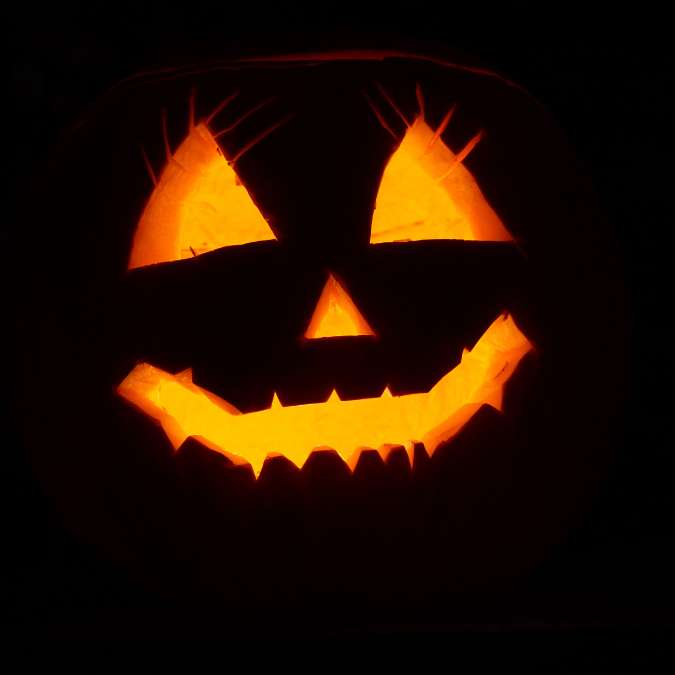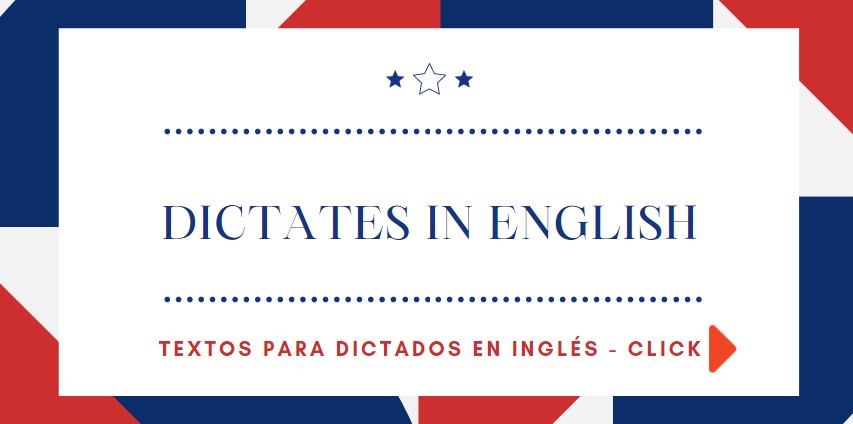
Two decades ago, Halloween in Spain was little more than an exotic curiosity — something seen in American movies but rarely celebrated on Spanish streets. Today, it’s a major cultural event, filling cities and towns with costumes, decorations, themed parties, and children shouting “¡truco o trato!” (trick or treat).
This article takes you through the remarkable evolution of Halloween in Spain, explaining how a once-foreign celebration became one of the most popular autumn festivities in the country. From its early resistance to its current mix of Spanish and American influences, we’ll explore how traditions, businesses, and new generations have shaped what Halloween means in modern Spain.
🎃 From Obscure to Mainstream: The Arrival of Halloween in Spain
Until the early 2000s, Halloween was not a traditional Spanish celebration. Spain already had its own deeply rooted autumn customs tied to religion — All Saints’ Day (Día de Todos los Santos, on November 1st) and All Souls’ Day (Día de los Difuntos, on November 2nd). These days focused on remembering the dead through solemn visits to cemeteries, family gatherings, and offering flowers to loved ones.
Halloween, by contrast, was seen as a foreign and commercial celebration. The few Spaniards who knew about it had discovered it through:
- Hollywood movies and TV series featuring trick-or-treating and spooky parties 🎬
- English-language academies, which organized themed events to teach vocabulary
- Expat communities and tourists who brought the tradition from abroad
In the early 2000s, only a handful of schools and bars in large cities like Madrid or Barcelona marked Halloween — mostly through costume parties aimed at children or university students. But this would soon change dramatically.
🕸️ The 2000s: The Beginning of a Cultural Shift
The early 21st century saw the first big wave of Halloween adoption in Spain. Several factors combined to make the holiday more visible and attractive:
1. Globalization and Pop Culture Influence
As Spain became increasingly connected to global trends through the internet, movies, and television, younger generations began embracing Halloween aesthetics: pumpkins, witches, ghosts, and skeletons.
Films like Hocus Pocus, The Nightmare Before Christmas, and later, Harry Potter and Twilight, popularized dark fantasy and the supernatural.
2. Education and Language Learning
Many English teachers used Halloween to introduce cultural lessons about Anglo-Saxon traditions. Schools started organizing small costume parades, pumpkin carving workshops, or storytelling sessions — making it both educational and entertaining.
3. Bars, Clubs, and Nightlife
By the mid-2000s, Halloween parties became a staple of Spanish nightlife. Clubs and bars began using the theme to attract crowds with decorations, eerie cocktails, and costume contests.
Cities such as Madrid, Barcelona, Valencia, and Sevilla became early adopters of the Halloween nightlife boom.
🎭 Costumes evolved from generic witches and vampires to creative pop-culture characters, showing how Spanish youth were merging global influences with their own style.
👻 The 2010s: Halloween Becomes a National Celebration
The 2010s marked the true explosion of Halloween popularity in Spain. What had been an imported curiosity became a widespread, mainstream festivity celebrated by all ages.
1. Retail and Commercial Boom
Supermarkets, toy stores, and shopping centers began promoting Halloween products weeks in advance — from costumes and decorations to candy and makeup.
Chains like Carrefour, El Corte Inglés, and Mercadona dedicated entire sections to pumpkins, cobwebs, and themed sweets.
Online stores and global marketplaces made costumes and accessories more accessible than ever, fueling the tradition’s expansion beyond big cities.
🛍️ Halloween had officially become a business opportunity — and a profitable one.
2. Family-Friendly Trick or Treating
The 2010s also saw the arrival of “Truco o trato” (Spanish for trick or treat). Children began dressing up and going door to door in neighborhoods or visiting local businesses offering candy.
Many communities organized safe trick-or-treat routes, often encouraged by parents’ associations or local councils.
Residential areas in towns like Torrevieja, Marbella, and Salamanca became known for large Halloween gatherings involving families, not just youth.
3. Media and Entertainment Support
Television shows, social media, and even local festivals helped normalize Halloween.
- TV programs started running Halloween specials.
- Spanish influencers and YouTubers posted costume tutorials, themed recipes, and party ideas.
- Theme parks like PortAventura and Parque Warner Madrid began hosting “Halloween Season” events, attracting millions of visitors with haunted houses and parades.
These cultural reinforcements turned Halloween into a nationally recognized holiday, even though it remained unofficial.
🧛♀️ Halloween Meets Spanish Tradition: A Cultural Fusion
Spain didn’t simply copy Halloween — it blended it with its own customs, creating a unique cultural mix.
While the Anglo-American Halloween focuses on fun and fear, Spain’s older autumn traditions — Todos los Santos and Día de los Difuntos — are about remembrance and spirituality.
In many regions, both coexist beautifully:
✝️ Traditional Celebrations Continue
Many Spaniards still visit cemeteries and honor their deceased relatives on November 1st. Families bring flowers, clean graves, and sometimes gather for meals afterward.
Typical foods include:
- Huesos de santo (almond marzipan sweets shaped like bones)
- Buñuelos de viento (fried dough balls)
- Panellets (small almond-based sweets typical of Catalonia)
🎃 Halloween Adds a Modern, Playful Element
At the same time, people enjoy the fun of dressing up, attending parties, or decorating their homes with pumpkins and ghosts.
In some towns, you can see children trick-or-treating in the afternoon — and later, adults heading to themed parties at night.
This duality is uniquely Spanish: solemn remembrance by day, spooky celebration by night.
🕯️ Regional Differences: How Spain Celebrates Halloween Across the Country
Not every region celebrates Halloween in the same way. Each area of Spain adds its own twist to the modern holiday.
🧙♀️ Catalonia
In Catalonia, Halloween coincides with La Castanyada, a long-standing autumn festival where people eat castañas (roasted chestnuts), panellets, and sweet potatoes.
In recent years, it’s common to see Halloween decorations alongside Castanyada stalls, especially in schools, where both traditions are celebrated together.
💀 Galicia
Galicia, in northwest Spain, has its own ancient Celtic-rooted celebration known as Samaín — considered the precursor of modern Halloween.
Revived in the 1990s and 2000s, Samaín honors the spirits of the dead through bonfires, carved pumpkins, and parades. Many Galician towns now combine Samaín and Halloween in public festivities.
🕸️ Andalusia and Madrid
In southern and central Spain, Halloween parties dominate — especially in schools and nightlife. Cities like Sevilla and Madrid host large costume parades, club events, and horror-themed attractions.
⚰️ The Canary Islands
The Canary Islands, with their strong British and Irish expat communities, were among the first places in Spain to celebrate Halloween. Today, it’s one of the regions where trick-or-treating is most popular.
💀 The Role of Social Media: Halloween in the Digital Age
In the 2010s and 2020s, Instagram, TikTok, and YouTube became major engines for Halloween’s popularity in Spain.
Every October, social platforms fill with:
- Makeup tutorials for spooky looks 🧟♀️
- DIY decoration ideas
- Short horror videos and Halloween challenges
- Party photos and costume contests
This digital exposure turned Halloween into a creative and participatory event. For younger generations, it’s not just about the day itself — it’s a month-long celebration of imagination, aesthetics, and self-expression.
🧹 Halloween in Spain Today (2025): A Celebration for Everyone
Today, Halloween is firmly part of Spanish popular culture. Every year, new events, attractions, and traditions appear. Some of the most notable include:
- Halloween festivals in amusement parks, like PortAventura World’s Halloween Season, featuring horror mazes and performances.
- Haunted houses organized in towns and neighborhoods.
- School parades with costume competitions and English activities.
- Community trick-or-treat routes, especially in urban neighborhoods.
- Horror movie screenings, escape rooms, and themed dining experiences.
Even Spanish television networks and streaming platforms release Halloween specials, and brands launch limited-edition products — from pumpkin-flavored pastries to themed drinks.
The transformation is undeniable: what was once foreign and fringe has become a national event that unites generations.
🕯️ Halloween vs. All Saints’ Day: Coexistence, Not Competition
Contrary to what some feared in the early years, Halloween hasn’t replaced Spain’s traditional holidays. Instead, both have found a way to coexist.
On October 31, people embrace the fun, fantasy, and creativity of Halloween.
On November 1, they slow down, remember loved ones, and connect with family.
This balance reflects something deeply Spanish: the ability to blend modern trends with respect for heritage.
🎃 Conclusion: From Imported Curiosity to Spanish Tradition
In just 20 years, Halloween in Spain has evolved from being virtually unknown to becoming one of the country’s most anticipated celebrations.
It’s a story of cultural adaptation, youth enthusiasm, and creative reinvention. Today, Halloween is not just a copy of the American version — it’s a uniquely Spanish mix of fun, remembrance, and community.
From the laughter of children collecting candy to candlelit cemetery visits the next morning, Spain celebrates this season in a way that honors both life and death, joy and memory.
Halloween in Spain is proof that traditions, old or new, thrive when people make them their own. 🇪🇸🕯️🎃
Sources:
- Instituto Nacional de Estadística (INE) reports on cultural trends (2024)
- Ministry of Culture and Sports, Spain: Celebraciones Populares en el Siglo XXI (2023)
- RTVE and El País cultural archives (2000–2024)
- PortAventura World official Halloween programs (2022–2024)
- Xunta de Galicia: Samaín y tradiciones de difuntos (2023)

